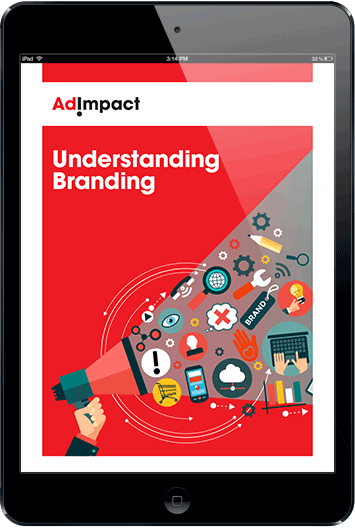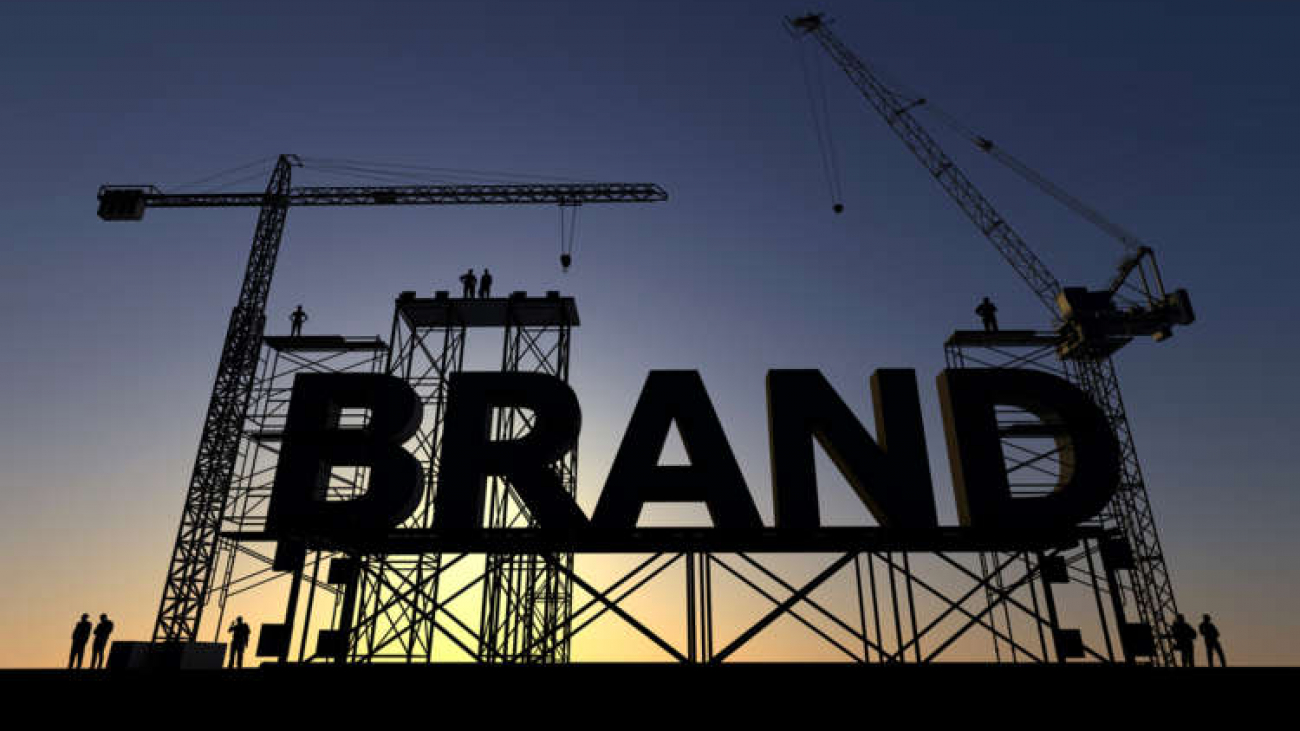For a successful business, it is natural to continue with whatever is working. Far from jettisoning entire business models, there is often reluctance to change even vestigial components of a highly functional system. Of course, this attitude lends itself to rigidity, and rigidity lends itself to failure. Diversification is a necessary technique for any company seeking more than just momentary success.
In the spirit of this sentiment, I wish today to talk about the split between brand building and activation. Brand building is often defined as the process of generating awareness and promoting the story a company wishes to tell about its product. Brand activation by contrast is the art of driving consumer action through brand interaction and experience. All to often, an either/or distinction is placed between these two concepts, and companies feel the need to elevate one strategy over the other in order to market their product. This is a misconception, as an optimal marketing strategy is not to choose between these two techniques, but to balance them.
The Fluctuating Market
It is a principle of evolution that creatures who are lacking in genetic diversity tend to go extinct during radical environmental changes. Similarly, part of the reason why over-reliance on either brand building or activation is a bad long-term strategy is that the market never remains stagnant.
During periods of economic downturn, companies tend to rest comfortably on the strategy of activation in pushing forward their products. This usually manifests in the areas of consumer promotions, digital campaigns and price drops. It’s no wonder either, as a languishing economy necessitates immediate awareness of a product, so activation becomes a bulwark against bankruptcy.
Though this is not an approach that has much longevity. As markets improve, and as consumers are handed more dispensable income, they become partial toward products that are more established. It is in these moments that brand building becomes a more vital technique. Of course the reverse is true, as products that engage solely in brand building take a hit when the market does, and secede ground to activation-heavy campaigns.
It is campaigns that take a synergistic approach to marketing that become the most resistant to market fluctuation. Activation during economic strife is more effective when it occurs on the back of a strong brand, and strong brands produce more successful activations during economic prosperity. To ignore one technique is to predicate your success on the idea that the market will remain in a steady state, which has never, and will never happen.
The Right Kind of Customer
The structural foundation of an advertising campaign is built around one question; who is it that you’re trying to target? Usually, this question is posed in terms of the demographics of age, gender and geographical location of your hypothetical consumer. However, it can also be considered through the prism of new audiences and legacy audiences. Legacy audiences are individuals who are already heavy purchasers within a product category. Comparatively, new audiences contain individuals who have only a recent infatuation with a product.
These categories of consumer can be split by their susceptibility to the aforementioned marketing strategies. For instance, legacy audiences are far more receptive to the effects of brand building. As they are already familiar with the products within a category, activation barely moves the needle with these people. They don’t need to be familiarised with a product they already have knowledge of. They instead need to feel like there is a hallmark of quality behind what they decide to purchase. The advantage of catering to this group of people is that though they tend to be small in number, they by far spend more than any other group of people.
New audiences instead need activation marketing to land on a product. Any line of commodities is too vast for a newcomer to enter into. So they tend to glom onto the first product that reaches their ears, a process that is facilitated most effectively through activation marketing. This group of consumers holds the advantage of being vast in number, despite having few who would actually spend a dramatic amount through their lifetime.
Once again, the effective tactic here is not to relegate oneself to a single style of marketing. Any self-sustaining business wants both loyal customers and a steady growth curve. This is achieved through the tandem use of brand building and activation respectively.
Just Right
The Institute of Practitioners in Advertising (IPA) became fixated on the question of how a marketing budget should be divided between activation branding and brand building. After the study was commissioned, they found that “60% of the communication budget should be devoted to brand building, and 40% to activation.”
This answer is of course, an average. The truth is that these percentages will alter depending on the requirements of the campaign. The type of product, the market conditions, even the period of time to which it is distributed all effect what the correct percentages will be. The only constant is that there should always be a duality in strategy, and you should never completely forgo one strategy for the other.

Free eBook
Fill in the form below to download the free eBook



